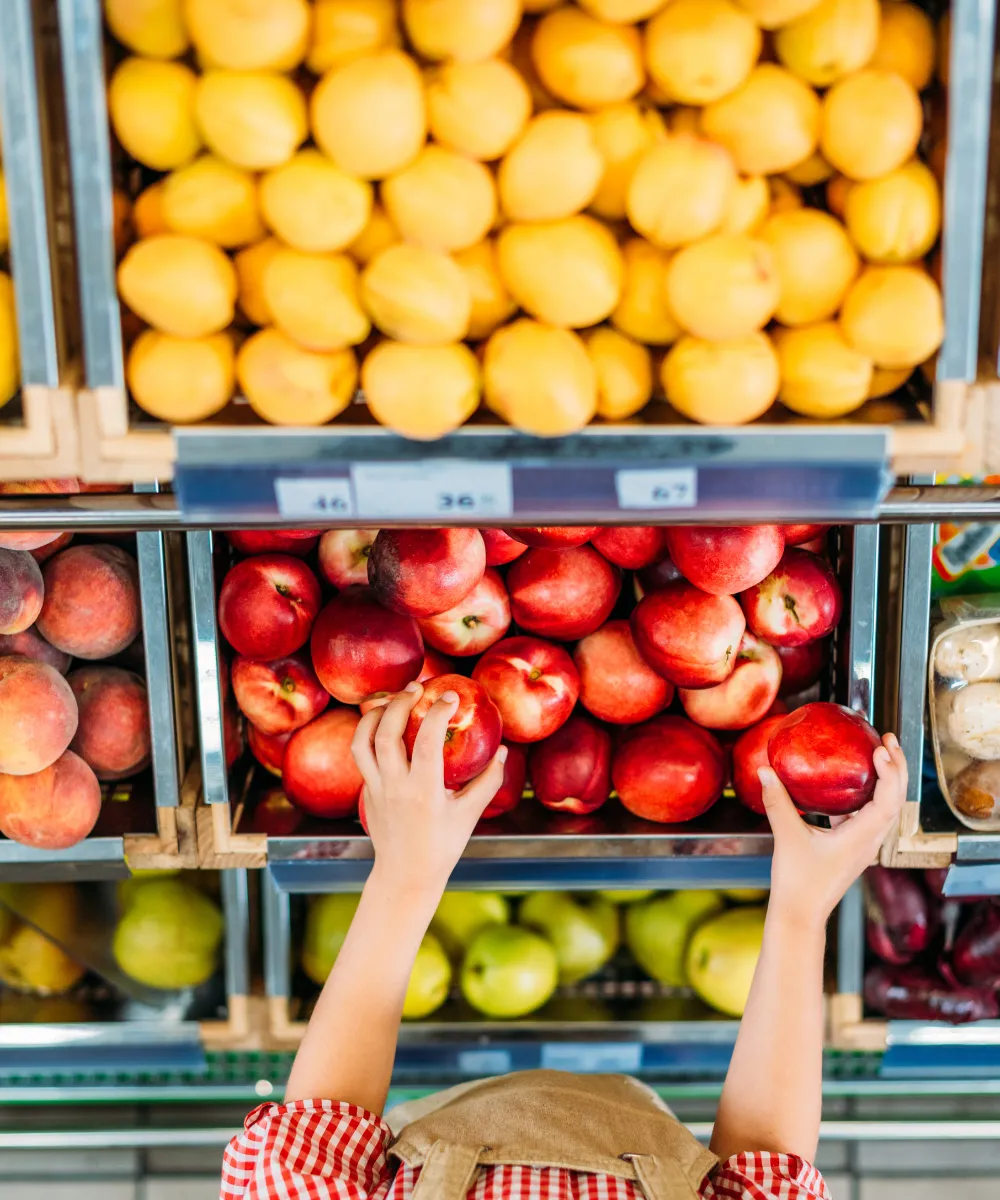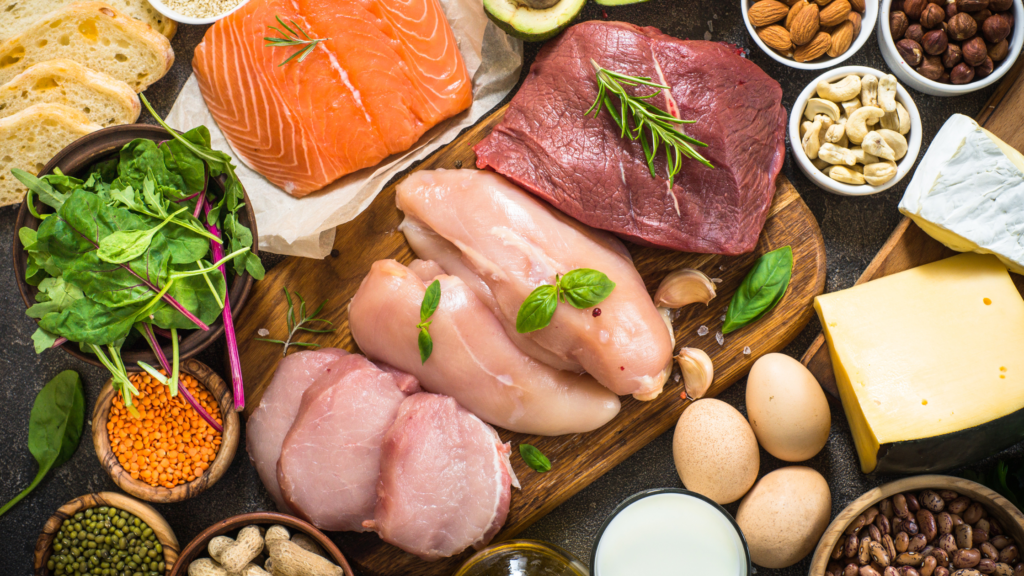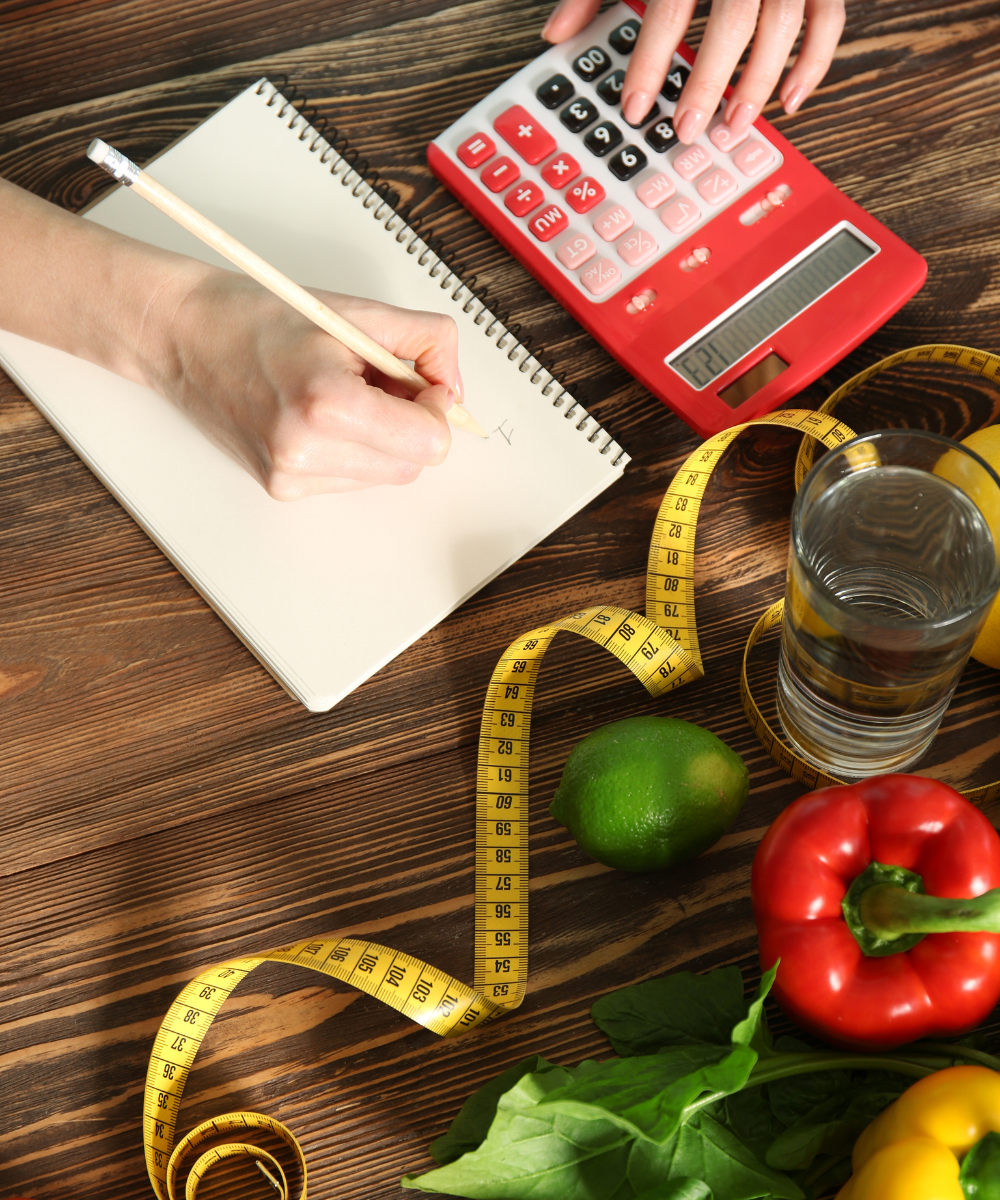
Top 25 Foods to Pack in Protein
What helps you stay full and satiated and revs up your metabolism? PROTEIN! And you may not be eating enough of it.
The Recommended Daily Allowance (RDA) for protein is 0.8 grams per kilogram of body weight or 0.36 grams per pound of body weight. But this amount of daily protein is simply the minimum amount of protein needed to function and prevent diseases related to protein deficiency.
If you’re someone who wants to build or maintain lean muscle tissue – and you SHOULD be that person since lean muscle tissue directly impacts our metabolic rate AND is one of the first lines of defense against the aging process – the literature tells us the protein we should be eating every day looks more like 0.6-0.8 grams of protein per pound of body weight. For athletes, you can actually get away with consuming the lower end of protein, whereas those who are maybe just starting out in the gym should stick with the higher levels.
This is due to the muscle breakdown that occurs in beginners vs those of us who have been hitting the gym for years.
So for someone who weighs 200 lbs, ideally they’d be getting 120-160g protein/day.
Now, you may be reading this thinking, “but my bodybuilder boyfriend told me I needed to eat 1 g protein per pound of body weight! Is that too much?” No. It’s not too much.
As a matter of fact, we even recommend 1 g protein per pound body weight in Metabolism Makeover because protein is also the most satiating macronutrient and it’s fabulous for weight loss. It’s also the macronutrient that revs up our metabolism the most!
But do you HAVE to consume 1 g protein per pound of body weight to maintain or build muscle? No, you do not. Choose a target that feels right to you. If you’re choosing a lower target but feeling hungry often, bump it up.

Animal vs Plant-Based Protein
Protein can come from animal sources, nuts, beans, seeds, or a variety of plant-based sources.
When determining which to add to your meal, there are a few things to keep in mind.
Animal protein provides all of the essential amino acids, making them “complete proteins,” while plant-based proteins are most often “incomplete” sources of protein because they don’t contain all of the essential amino acids.
In particular, when trying to build or maintain lean muscle tissue, we want to make sure we’re consuming enough leucine in the diet. Leucine is what triggers muscle protein synthesis in amounts of 2.5g or greater, and we typically see this in animal sources more than we do plant sources.
So, while it is possible to get your protein in with a plant-based diet, there may be some additional planning needed to ensure you’re getting enough protein, nutrients, and amino acids to support lean muscle tissue. To do this:
- Include a variety of plant-based proteins.
- Include a “sport” plant-based protein powder like Garden of Life or Vega to get in that extra leucine.
- Consider vitamin B12, calcium, vitamin D, iron, and multivitamin supplementation.
25 Foods to Pack in the Protein
- Protein powder – Quite possibly one of the quickest ways to get in extra protein. I love a good PHFF smoothie. When looking for a protein powder, keep in mind >20 grams of protein, </= 2 g of added sugars, and <5 grams of net carbs for animal-based protein or <10 g of net carbs for plant-based protein.
- Collagen powder – if you’re a coffee drinker, stop what you’re doing and find yourself some collagen peptides. 1 scoop = 10 grams of easy protein added to your morning. Or add in a scoop of unflavored collagen to your next soup. My favorite is Vital Proteins.
- Chicken – Ground, shredded, baked, or grilled chicken is a staple for my lunch and dinners. For your next Taco Tuesday add chicken, salsa, beans, and bell peppers to your crockpot and cook while you’re at work for a chicken salsa dinner! Eat with tortillas or turn it into a salad.
- Lean ground beef – get your protein, zinc, B12, and iron in when you add some ground beef to your meals.
- Turkey – a lean meat, similar to chicken, that you can add to your soups, salads, and sandwiches.
- Pork tenderloin – another easy protein source for your crockpot. Check out a Metabolism Makeover favorite, Apple Cider Vinegar Pulled Pork.
- Cottage cheese – Hear me out. Cottage cheese and scrambled eggs. Don’t knock it ‘til you try it. Here is a quick recipe from my Spring Meal Plan to try if you’re skeptical.
- Eggs – your best friend for protein on a budget. P.S. you can enjoy the yolk – it’s loaded with vitamins and minerals! Check out this post on whole eggs vs. egg whites.
- Lentils – one of the greatest plant-based protein sources with fiber, folate, magnesium, potassium, iron, copper, and manganese.
- Deli meat – yes, this is known to be “unhealthy” because of its processing and sodium, but it is also super convenient. Go for fresh deli meats, low-sodium options, and lean cuts like chicken and turkey.
- Chickpea pasta – level up that protein at your next pasta night by switching your regular pasta for chickpea pasta.
- Shrimp – for your stir fry, grilled, topped on salads, or sauteed with some artichokes, bell peppers, and lemon juice!
- Salmon – higher in fat than your shrimp but with heart-healthy fats: omega-3 fatty acids.
- Tofu – another plant-based protein option that also has all the essential amino acids. Plus, this is very versatile in that you can add it to smoothies, desserts, stir-fries, soups, or even tofu nuggets.
- Greek yogurt – make it sweet or savory. A cup of Greek yogurt has ~17 grams of protein.
- Beans – plant-based protein with some fiber to help keep you full. Burrito bowl anyone?
- Nuts & seeds – Enjoy granola on your yogurt? Swap it out for nuts & seeds to increase your protein and decrease those added sugars often found in granola.
- Jerky – snag some snack sticks to pair with your mandarin oranges at your next snack.
- Cheese – protein, calcium, vitamin D, and great with some almonds for a satisfying snack.
- Whole grains – Did you know whole grains can help boost your protein at meals? Quinoa has about double the amount of protein as white rice.
- Canned or packaged fish – on-the-go convenience or a pantry staple for those no-grocery days.
- Sirloin steak – loin = lean. Look for those leaner cuts of meat like a sirLOIN and serve up with some grilled veggie kabobs.
- Nut butter – add it with your fruit, celery, toast, smoothie, or oatmeal. Team almond or peanut butter? It really doesn’t matter!
- Bison – packed with B vitamins, iron and zinc, similar nutrient profile and taste as beef, but a little leaner.
- Nutritional yeast – plant-based protein that provides an umami flavor. Sprinkle on popcorn, pasta, salads, casseroles, or soups OR use to create a cheesy vegan sauce.
While protein may not be the easiest macro to include, it is absolutely needed for your overall health! Benefits of protein include maintaining and increasing lean muscle mass, aiding in fat loss, increasing your basal metabolic rate, keeping you satiated, muscle and tissue repair, and more. Aim for 20-30 grams at your next meal and see how you feel. Fuller for longer? More satisfied?
Try something on the list that you haven’t, or if you’re already a foodie, experiment with a new recipe!
Want some ideas for protein recipes? Grab my FREE 3-Day Sample Meal Plan here!
Baylee Reller
@nucrewnutrition
Metabolism Makeover Coach
Some of the links on this page contain affiliate links, which means I get paid a lil bit of money if you purchase something I recommend. I would never, ever recommend a product I wouldn’t purchase myself (that’s so gross).

